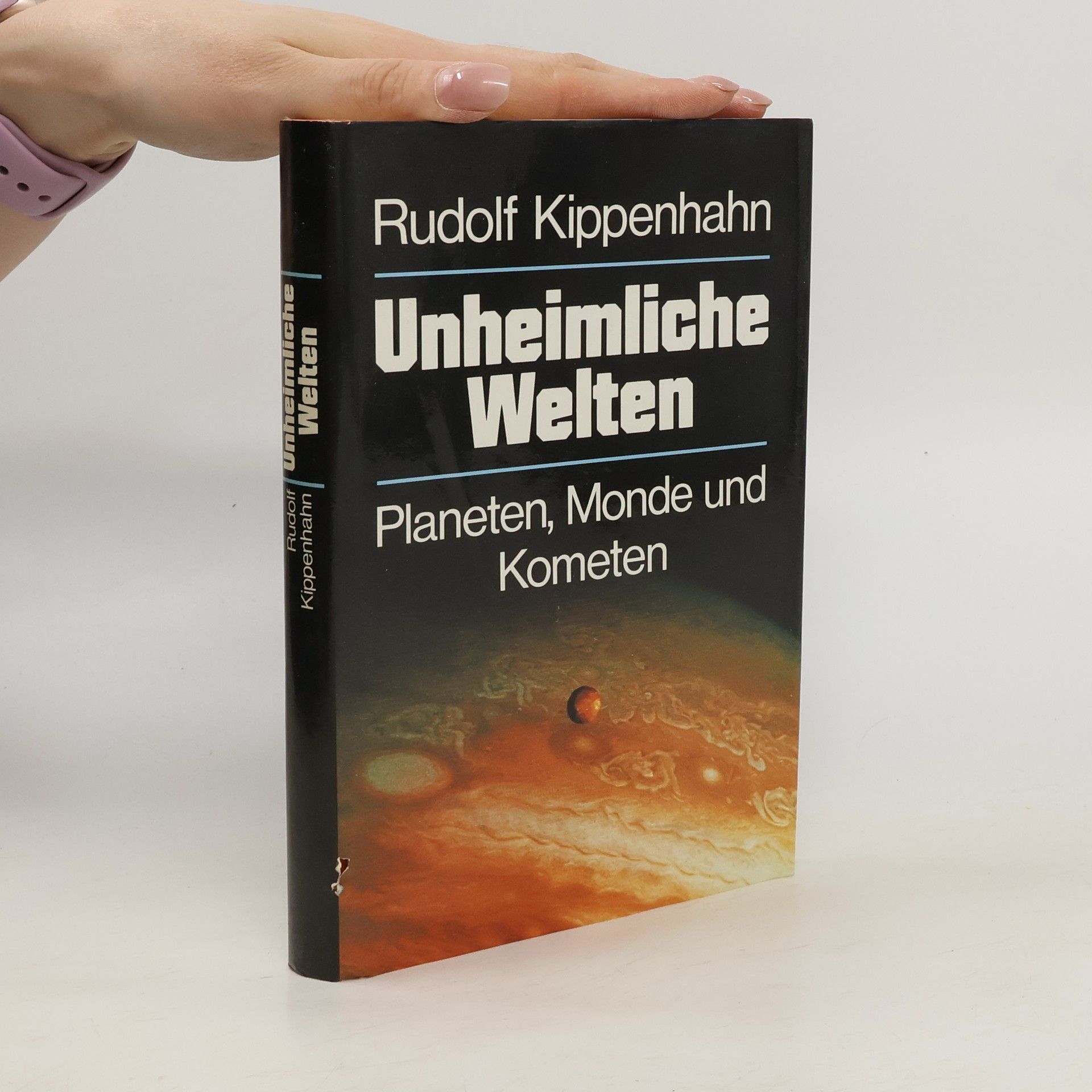Stellar structure and evolution
- 606pagine
- 22 ore di lettura
This long-awaited second edition of the classical textbook on Stellar Structure and Evolution by Kippenhahn and Weigert is a thoroughly revised version of the original text. Taking into account modern observational constraints as well as additional physical effects such as mass loss and diffusion, Achim Weiss and Rudolf Kippenhahn have succeeded in bringing the book up to the state-of-the-art with respect to both the presentation of stellar physics and the presentation and interpretation of current sophisticated stellar models. The well-received and proven pedagogical approach of the first edition has been retained. The book provides a comprehensive treatment of the physics of the stellar interior and the underlying fundamental processes and parameters. The models developed to explain the stability, dynamics and evolution of the stars are presented and great care is taken to detail the various stages in a star’s life. Just as the first edition, which remained astandard work for more than 20 years after its first publication, the second edition will be of lasting value not only for students but also for active researchers in astronomy and astrophysics.










